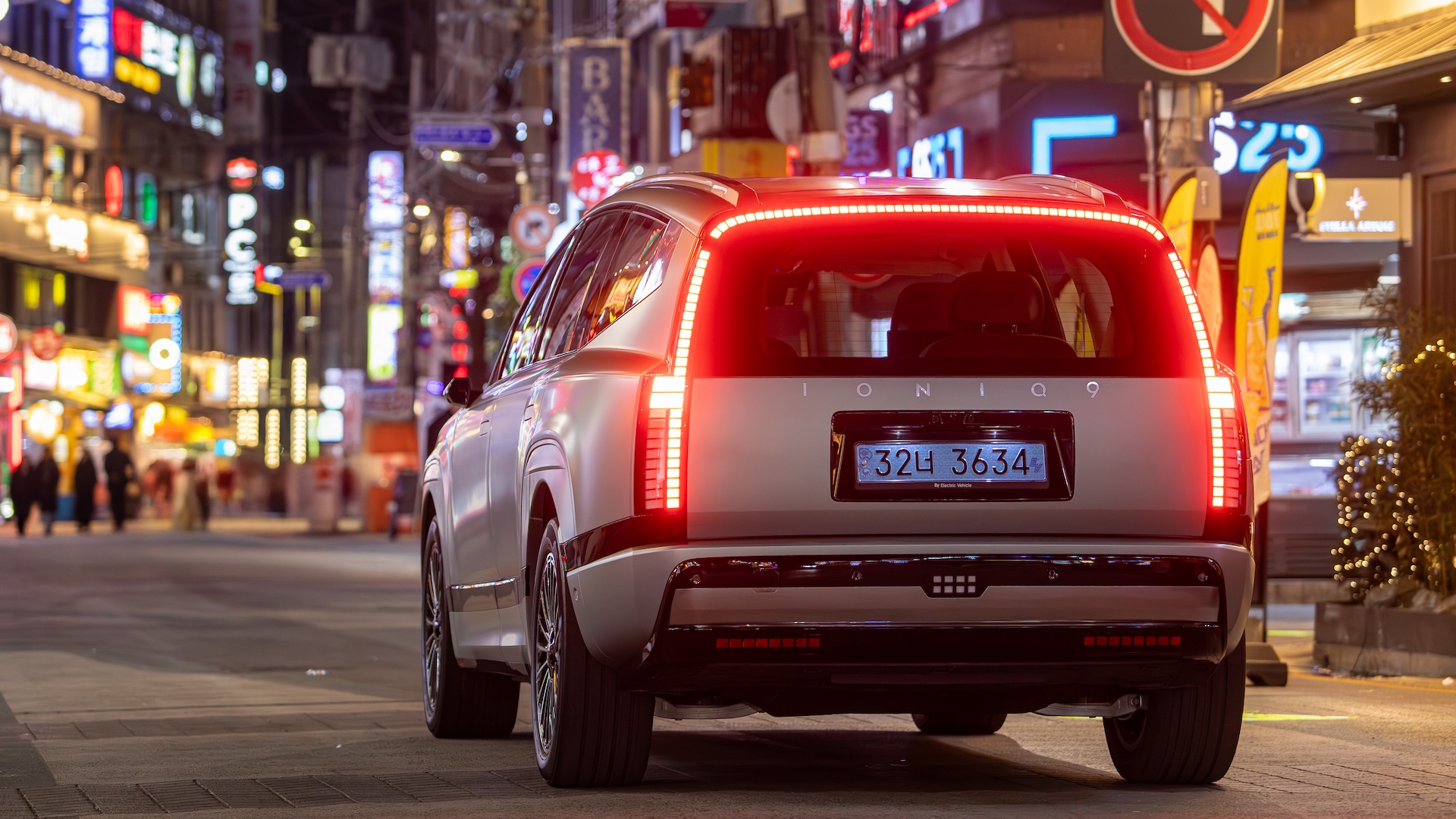How Globalization Killed Unique Car Designs, According to Luc Donckerwolke
Veteran car designer Luc Donckerwolke is the genius behind today's Genesis, Hyundai, and Kia models, but also famed icons like the Lamborghini Murcielago and Bentley Continental GT. The post How Globalization Killed Unique Car Designs, According to Luc Donckerwolke appeared first on The Drive.

Which car design traits come to mind when you think of the United States? A flat-nosed, boxy pickup truck or extra-wide muscle car, probably. What about Germany? An elegant sedan or coupe with smooth, flowing lines. Italy? Likely a curvy or wedge-shaped sports car. The truth is that most of these design stereotypes that live in our heads, while not entirely inaccurate, are outdated. Automakers are deeply grounded to their homelands in spirit, but when it comes to conceiving, building, and selling a product, they often cross borders in the name of efficiency and profits. Or as we call it nowadays, globalization.
Globalization has shaped every corner of the automotive industry not only in terms of manufacturing, but also car design. Whether it’s an American car company opening plants in Turkey or design studios in Germany, or a Japanese automaker setting up an entire product pipeline in the U.S., the hardware, software, and brainpower behind today’s cars are the collective effort of multi-national teams catering to multi-national buyers. And according to legendary designer Luc Donckerwolke, it has neutralized car design.
Donckerwolke is the chief creative officer of the Hyundai Group, meaning he oversees the design of all Hyundai, Genesis, and Kia vehicles—and has been doing so for nearly a decade. While responsible for hugely popular models like the Genesis G70, G80, GV80, Hyundai Palisade, Tucson, Elantra, and Kia Telluride and K5, the Belgian designer built his chops with more specialty marques. As Lamborghini’s chief designer, he penned the Murcielago and Gallardo, while at Bentley he created the Continental GT, Flying Spur, and EXP 10 Speed 6.

I caught up with Donckerwolke in Korea earlier this month at the Seoul Mobility Show, where Genesis unveiled the gorgeous X Gran Coupe and Convertible concepts and Hyundai pulled the wraps off its refreshed Ioniq 6. We talked about the proliferation of screens in cars nowadays and how he believes the return of analog controls is near. However, Donckerwolke also shared his views on the effects of globalization on design trends, especially as emerging automakers attempt to move in on others’ home turfs.
“There are always trends in design, and by having so many newcomers on the market, they try to find their positioning, and automatically, design is one of their key differentiators,” said Donckerwolke. “Usually, these are exaggerated efforts to differentiate themselves from others. At the same time, those efforts tend to equalize everybody else because everyone is trying really hard.”
“Look at the classic cars we love,” he added. “They all have one major theme, and this can be carried on generation after generation of cars. If you look at the past, there were different ways of designing cars: there was the European way, which was sculpting wood and sculpting hard materials. Then there was the Italian way, which had front views and side views and autometric design—basically where you had little connections between surfaces. Then came North American design, which was inspired by the use of clay, and suddenly, there was sculpting. It was really easy because it was additive, and you could add material and you could subtract material, so that created three-dimensional sculpting. Those different philosophies of design processes created different results.”



“Then came globalization, and that contradicted those philosophies. Italian cars were not for Italians anymore. German cars were designed by engineers for engineers, and American cars were trying to be extremely fashionable, and trendy, and flashy. But suddenly, the world had become global, and all those trends neutralized each other to create a global design philosophy,” added Donckerwolke.
What Donckerwolke describes isn’t just the introduction of a global language that’s pushed out regional dialects, but also the dependence on a collective framework for designing cars. As he later added, during the dawn of globalization, cars had to appeal to the masses but also meet the requirements of governments across the world. When a single vehicle must be compliant in the U.S., Korea, and Germany, it’s practically impossible for its design not to be affected.
“Cars became almost synonymous, and you didn’t know if cars were coming from one continent or another because they had to appeal to the biggest amount of customers, and they had to satisfy all global homologations,” he said. “All of this neutralized the design identity for the regions of the cars. Then, every company in every country started to work aggressively to be the first ones to do ‘something’. In a world where information goes so fast, those trends are never unique. They get absorbed by other trends, so things go very fast from one to the other.”






It’s not all doom and gloom. This doesn’t necessarily mean that all cars are or will be ugly, or that they don’t have personalities, or that they’ve all been bastardized by the growing interdependence of the world’s economies. Sure, he may have referred to today’s over-styling or over-designing trends as “putting lipstick on a pig,” but that simply highlights Donckerwolke’s passion for reductive design.
In some cases, the effects of globalization have been positive. It’s opened the door to new minds and eyes throughout the world, and welcomed newcomers of diverse backgrounds. Monotony is not creativity, after all. Donckerwolke understands this, which is why his design teams across the Hyundai, Genesis, and Kia combine the elements necessary to deliver vehicles with Korean essence but also with their respective audiences in mind.



“We’re challenging engineers to make sure that the platform is as good as possible so we can do less design, less styling of the car,” said Donckerwolke. “To me, the best way possible way to differentiate yourself is to be focused on the essence of your DNA. To create your DNA and to stay with it.”
Got a tip? Email us at tips@thedrive.com
The post How Globalization Killed Unique Car Designs, According to Luc Donckerwolke appeared first on The Drive.

































































